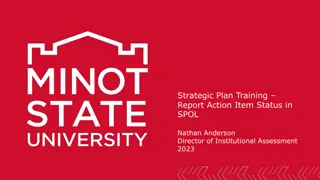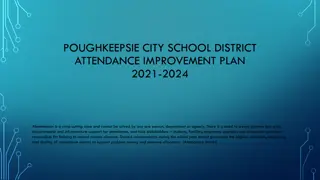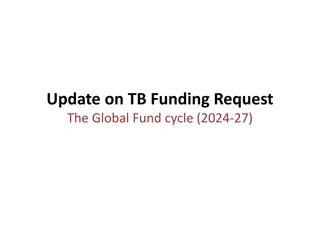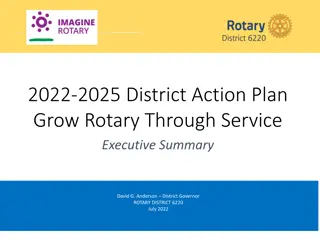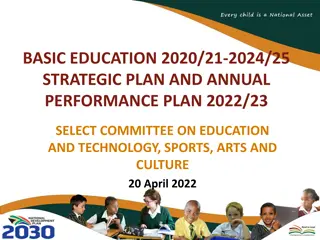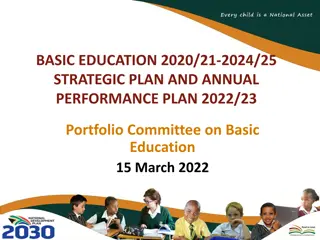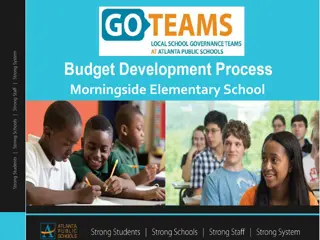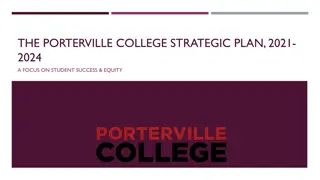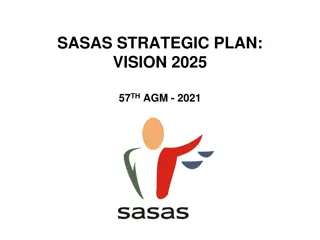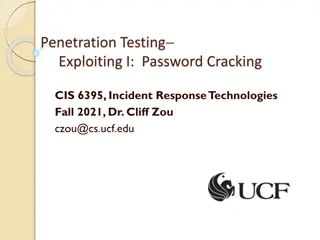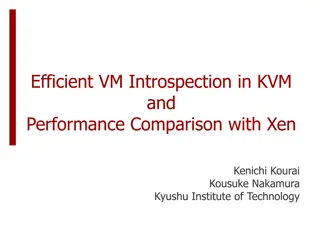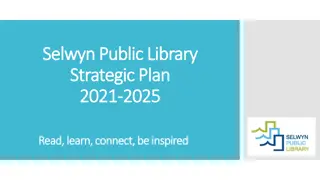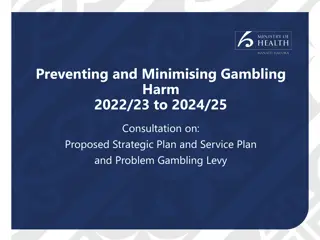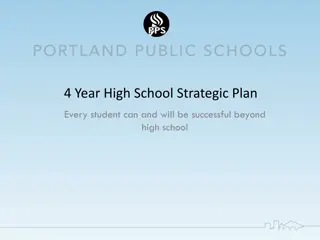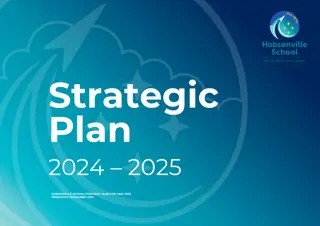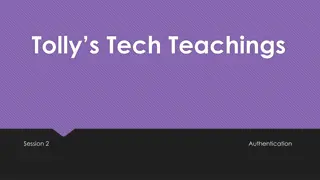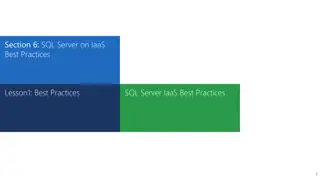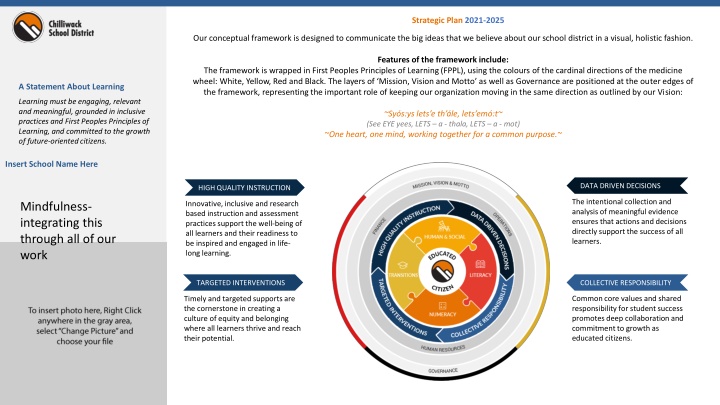
Empowering Student Success: Strategic Framework for Literacy and Numeracy
Dive into a comprehensive strategic plan for a school district, focusing on literacy and numeracy skills from pre-K to Grade 12. Emphasizing competency-based curriculum, targeted interventions, and data-driven decisions, the plan outlines specific school actions and measures to ensure student proficiency and engagement. Discover innovative strategies, such as literacy circles, vertical curriculum integration, and competency-based assessments, aimed at fostering a culture of equity, belonging, and academic excellence.
Download Presentation

Please find below an Image/Link to download the presentation.
The content on the website is provided AS IS for your information and personal use only. It may not be sold, licensed, or shared on other websites without obtaining consent from the author. If you encounter any issues during the download, it is possible that the publisher has removed the file from their server.
You are allowed to download the files provided on this website for personal or commercial use, subject to the condition that they are used lawfully. All files are the property of their respective owners.
The content on the website is provided AS IS for your information and personal use only. It may not be sold, licensed, or shared on other websites without obtaining consent from the author.
E N D
Presentation Transcript
Strategic Plan 2021-2025 Our conceptual framework is designed to communicate the big ideas that we believe about our school district in a visual, holistic fashion. Features of the framework include: The framework is wrapped in First Peoples Principles of Learning (FPPL), using the colours of the cardinal directions of the medicine wheel: White, Yellow, Red and Black. The layers of Mission, Vision and Motto as well as Governance are positioned at the outer edges of the framework, representing the important role of keeping our organization moving in the same direction as outlined by our Vision: A Statement About Learning Learning must be engaging, relevant and meaningful, grounded in inclusive practices and First Peoples Principles of Learning, and committed to the growth of future-oriented citizens. ~Sy s:ys lets eth le, lets em :t~ (See EYE yees, LETS a - thala, LETS a - mot) ~One heart, one mind, working together for a common purpose.~ Insert School Name Here DATA DRIVEN DECISIONS HIGH QUALITY INSTRUCTION The intentional collection and analysis of meaningful evidence ensures that actions and decisions directly support the success of all learners. Innovative, inclusive and research based instruction and assessment practices support the well-being of all learners and their readiness to be inspired and engaged in life- long learning. Mindfulness- integrating this through all of our work TARGETED INTERVENTIONS COLLECTIVE RESPONSIBILITY Common core values and shared responsibility for student success promotes deep collaboration and commitment to growth as educated citizens. Timely and targeted supports are the cornerstone in creating a culture of equity and belonging where all learners thrive and reach their potential.
LITERACY Goal We are dedicated to ensuring that students are proficient in foundational literacy skills and increase their abilities, confidence and willingness to engage with language to acquire, construct and communicate in meaningful ways from Early Learning Years (pre-K) through to Grade 12. 1. We understand, plan and deliver instruction using competency-based curriculum (curricular competencies and content). School Actions School Measures Strategy 1. Lit Circle Reading include a choice of novels 2. Read Daily- D.E.A.R 3. Social Studies and Humanities: focus on literacy skills Assessment for literacy skills in SS and English 4.Use of Paradigm for consolidation of information about students 5. ACT bi-annual assessments 6. One School One Book- promoting literacy in homes 7. One Teacher One Book- every teacher reads the same book to their class 8. Literacy Committee 9. Targeted Interventions for those students in need of Tier 2 Interventions from LA and RT 10. After School Literacy Collab with Hollie Redden ACT School Wide Write Paradigm Consolidates information for teachers 2. We utilize competency- based assessments to assess student progress pre-K to grade 12. 3. We implement data driven, timely and targeted instructional interventions for students. Actionable Items Vertical Integration of Curriculum Break down of competencies working as a vertical team to align what is being dome at each grade ? Vertical team meeting- include the high school? Grade vs. Department Meetings- need more cohesion Target Basic Skills at each grade ELL Needs more focus District Measures FSA 4 (Reading / Writing) FSA 7 (Reading / Writing) Literacy 10 and 12 PM Benchmarks (running records) ACT (Assessment of Comprehension and Thinking)
NUMERACY Goal We are dedicated to ensuring that all students become proficient in numeracy skills that allow them to create, apply and conceptualize mathematics in real world situations from Early Learning Years (pre-K) through to Grade 12. 1. We understand, plan and deliver instruction using competency-based curriculum (curricular competencies and content). School Actions School Measures Strategy 1. Use of BC Curriculum to guide our instruction, plus vertical articulation with our collogues 2. Assessments such as the SNAP train students for a particular style of learning does not assess all competencies More use of competency rubrics would be helpful SNAP-6 FSA-7 SNAP-7 Paradigm Data Consolidation 2. We utilize competency- based assessments to assess student progress pre-K to grade 12. 3. Student Support Time, Homework Club and individual one on one instruction opportunities to guide students who require interventions Evidence of those in need of these interventions comes from our daily formative assessments 4. Targeted Interventions for those students in need of Tier 2 Interventions from LA and RT 5. Math Contests 6. After School Math Collab passionate teachers willing to improve Actionable Items: 3. We implement data driven, timely and targeted instructional interventions for students. District Measures FSA 4 FSA 7 Numeracy 10 SNAP (Student Numeracy Assessment and Practice) 6. Vertical Integration of Curriculum- Katie White Breakdown of Competencies how do we enable this in a cohesive way across all departments and grades ??? Staff Meeting Time? 7. Vertical Teams Organize Priorities What do you want students to know What is important Target basic skills in numeracy 8. What are ways to meet as math teachers without adding more meetings? time for vertical alignment of curriculum in staff meetings to set forth a cohesive school plan
HUMAN AND SOCIAL DEVELOPMENT Goal We celebrate diversity, embrace inclusion and foster a sense of belonging to ensure all students thrive. Equity and inclusion are foundational to learning and leading, and are critical to success, wellbeing and fulfillment. School Actions 1. Check in s with students to see how they are doing during class time. Conversations 2. Be a Kind Human- recognition for those going above and beyond for kindness and thinking of others students and staff 3. Post Cards Home Recognizing the importance of letting families know how well their students have been doing when they are recognized by teachers 4. Paradigm Transition notes from elementary Grade to Grade transition notes at VMS More information needed for all students not just reluctant learners 5. SEL of Teachers included in Meetings that can be carried over into the classroom Jody Carrignton lessons from the start of the year 6. Core Competency Self Assessments 7. Grade Wide Initiatives: Grade 7 Food Drive, Grade 8 s Fun Day for Grade 6 s 8. School Wide Initiatives: Clothing drives, Cereal Box Challenge 9. Leadership for Students to participate in 10. DOVE Girls 11. WEB 12. Working within Family of Schools partnerships to provide At Risk students with the opportunity to find helping and leadership roles with elementary aged students Tyson Elementary Partnership 13. Student Services Department: Inclusion Teacher support, counselling support, RT/LA 24. Circle of Courage Framework as the guiding Principle for developing social and emotional needs of the Whole Child Actionable Items 1. Can Class groupings in September be based off of feedback from Grade 7 teachers ? 2. Connecting with students in all cohorts? 3. Vertical Integration of Health Curriculum/ lessons : Growth Mindset, Resiliency, Mental Health E.g. In Grade 6 we do In Grade 7 we do 4. Days of the Month that can be SEL Days 5. SEL of Teachers included in Meetings that can be carried over into the classroom Jody Carrignton lessons from the start of the year 1. We understand, plan and deliver competency-based curriculum (curricular competencies and content) related to Social Emotional Learning and Mental Health Literacy. School Measures Strategy MDI Survey- Grade 7 Transition Survey Data 2. We commit to truth, reconciliation and healing to address the inequity of outcomes for Indigenous learners. We address unconscious bias, systemic discrimination and marginalization to transform district culture. Equity Scan Core Competency Student Self-Evaluation Review 3. We provide supports for the well- being of all learners. District Measures Student Learning Survey grade 4, 7, 10 and 12 EDI (Early Years) CHEQ (Kindergarten) MDI (Middle Years) BCAHS (BC Adolescent Health Survey) YDI (Secondary Years)
TRANSITIONS Goal Students experience pivotal transition points throughout their education, from pre-K to Kindergarten, from grade to grade, school to school, and from school to post-secondary or work situations. We acknowledge our responsibility to support all learners, so they successfully complete their education (pre-K through to Grade 12) with a sense of dignity and purpose, and opportunities to meet their goals. 1. We target early years learning to ensure students are well supported during their transition to Kindergarten, throughout their elementary years and to middle school. School Actions School Measures Strategy 1.Grade 5 School Tours 2. New Student videos introducing staff and life at VMS 3. Grade 5 Class Visits with Grade 6 Classes virtual 4. WEB Days for incoming Grade 6 s in the summer 5. LFI: Flipgrid for Myles (6-7 Transition) 6. WEB Support throughout the year for students 7. All data about the student is stored in Paradigm- IEP reports, assessments, SNAP, ACT, attendance, - year to year to ensure a fulsome perspective of student data is collected Paradigm Data: compilation of all data for student including transition notes from elementary, middle and high school 2. We utilize developmentally appropriate practices through the Middle Years Pillars (Advisory, Teaming, Collaboration, Exploratory) to foster growth through the adolescent years. Elementary Transition Meetings: each year for incoming Grade 6 s academic/social emotional information 3. We ensure students find meaningful pathways, throughout secondary school and beyond graduation, including post- secondary, apprenticeship, college and workplace. Actionable Items: 1.Working with our Family of Schools to identify and support at risk families across grades and schools to ensure that there is a streamlining of support and resources to support the families and students across the schools and grades 2. Staff team building to allow better relationships 3. Capstone Project that teachers guide students through 4. Showcase Day that allows students to showcase their talents and skills High School Transition Information: information passed to high school academic/social emotional District Measures Grade to Grade Transition Data 5 and 6 Year Completion Rates (Graduation) Post-Secondary Transition Rates Attendance Rates

